Content from the Brookings-Tsinghua Public Policy Center is now archived. Since October 1, 2020, Brookings has maintained a limited partnership with Tsinghua University School of Public Policy and Management that is intended to facilitate jointly organized dialogues, meetings, and/or events.
The United States’ recognition of the importance of China’s One Belt, One Road (OBOR) initiative as part of the May 11 U.S.-China Trade Agreement is an important economic and diplomatic win for China. Such recognition signals U.S. acceptance of China’s ambition to expand its regional leadership and influence. U.S. recognition of OBOR adds to uncertainty over the Trump administration’s commitment to economic leadership in Asia as a result of President Donald Trump’s decision to pull the United States out of the 12-nation Trans Pacific Partnership (TPP) trade agreement.
The U.S.-China Trade Agreement
The U.S.-China trade agreement could lead to worthwhile new market access for U.S. exports to China. In particular, U.S. beef exports to China will resume, and there are commitments to expand access for a range of U.S. financial services and biotech products and to reduce regulation on U.S. exports of liquefied natural gas to China. The United States agreed to accept imports from China of cooked chicken. The deal gives some substance to the agreement by Trump and Chinese President Xi Jinping at their April meeting to develop a 100-day trade plan.
However, as the gains for finance and biotech depend on follow-through by China’s regulatory agencies, the actual impact remains to be seen. As has been the case with previous Chinese trade and investment commitments, there are often gaps between the promise and its implementation.
The One Belt One Road Initiative
As noted, the trade deal also includes U.S. recognition of the importance of China’s OBOR initiative. The initiative is China’s grand vision for increasing economic interdependence within Asia, using massive investments in roads, rail, and shipping to connect China, East and Southeast Asia, and Europe. At an OBOR summit last weekend, President Xi committed $124 billion in infrastructure investments.
In addition to increasing economic interdependence between China and the region, the initiative could create new barriers to U.S. exports and investment by exporting Chinese standards. For instance, OBOR’s development of high-speed rail connections across Southeast Asia comes with a willingness to accept Chinese high-speed rail standards, creating barriers to competing U.S. technologies. Chinese standards could be exported across the full range of infrastructure investments such as telecommunications and energy.
Many of the regional economic linkages being developed under the OBOR initiative also have broader strategic significance. For instance, the development of the Port of Gwadar in Pakistan will give China access to the Indian Ocean for commercial purposes and could serve as a deep-water port for the Chinese navy.
One Belt, One Road and the Trans-Pacific Partnership
In part, OBOR was China’s response to the U.S.-led TPP. The TPP’s economic goals were to expand trade and investment and develop regional rules centered on U.S leadership. For the United States, the TPP also had important geostrategic goals—to support Washington’s broader rebalance and strengthen U.S. allies. OBOR created an alternative means for expanding China’s trade and investment with the region while also underpinning China’s diplomatic push for a greater leadership role.
In part, OBOR was China’s response to the U.S.-led TPP.
As discussed in more detail here, following Trump’s decision to withdraw the United States from the TPP, there is no U.S. trade and investment agenda for Asia that compares to the ambition of OBOR. Moreover, China is leading the Regional Comprehensive Economic Partnership trade negotiations comprising 16 Asian nations, which once completed will provide preferential trade and investment to the disadvantage of U.S. business.
U.S. Asia trade policy has now been reduced to a possible bilateral free trade agreement with Japan, which, if it even starts, will take years to conclude and will have none of the regional rule building and norm-setting of the TPP.
The Strategic Consequences of the U.S-China Trade Agreement
U.S. recognition of the importance of the OBOR initiative will reinforce a perception that the United States is giving China space to exercise greater regional leadership. This outcome seems to be the result of a lack of a coherent economic strategy for Asia and the administration’s economic nationalist agenda.
Having seen an opportunity, China has cleverly responded to Trump’s apparent love of the deal and the administration’s need to demonstrate that its heated trade rhetoric can deliver results, by delivering some market access in order to obtain a far more valuable economic and foreign policy concession.


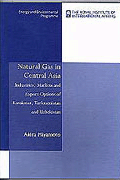
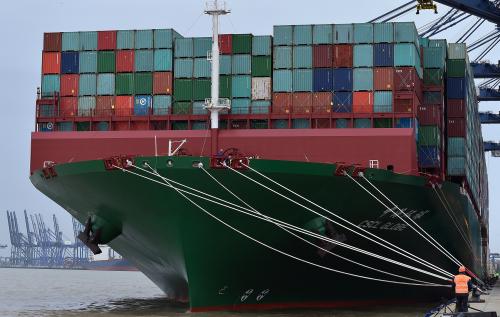
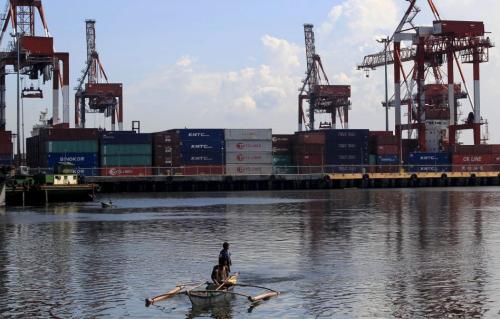
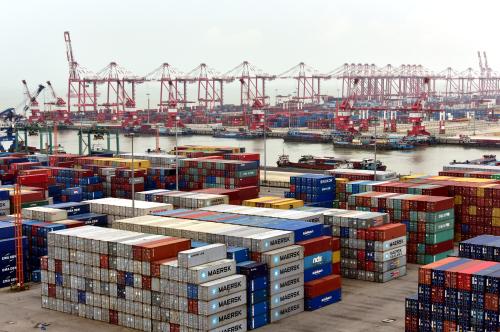

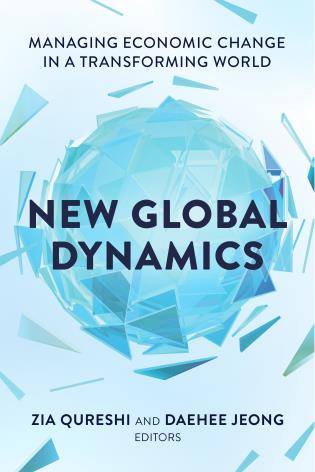


Commentary
The U.S.-China trade agreement—a huge deal for China
May 15, 2017